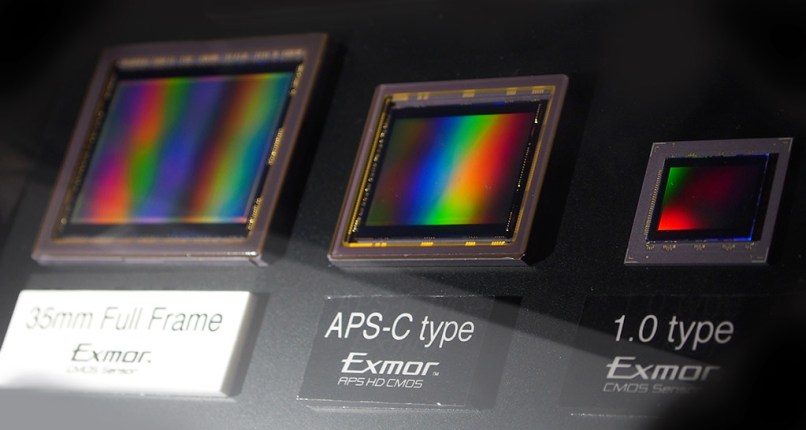

The size of the photosites are also greater on medium format sensors, allowing greater light capture and slower photon saturation.
#FULL FRAME VS MEDIUM FORMAT SAMPLES FULL#
Currently the largest full frame resolutions are between 50 and 60MP, while medium format offers 100MP and more, providing vast amounts of image data. Medium format resolutionīigger sensors mean more space for pixels. This now extends to video, with many MF cameras offering motion capture.
Images shot on medium format have signature aspects, notably creamy shallow depth-of-field, which is perfect for portraits. (Image credit: Hasselblad) What makes medium format unique Hasselblad cameras, such as the X1D II 50C offer a significantly bigger sensor than Full Frame, enabling larger pixels, greater resolution and wider dynamic range. Indeed some of these options actually exceed the resolution of Medium Format offerings, so it is clear to see that the once untouchable system has its work cut out, to stay at the top. The likes of the Sony A7R IV, Canon EOS R5, and Nikon Z7 II mirrorless cameras have brought ultra high resolution photography to the Full Frame playground. Things are different today, however, and not only are medium format cameras far more portable and accessibly priced, but there are other, more mainstream options on the market. At the time, though, the large sensor was the only way to access pixel counts north of 30MP, so for advertising photography purposes, there really was no competition. A medium format camera body, digital back and a set of quality proprietary lenses would easily set you back between thirty and forty thousand pounds, so you had to be certain the benefits they offered were essential for your business.


 0 kommentar(er)
0 kommentar(er)
